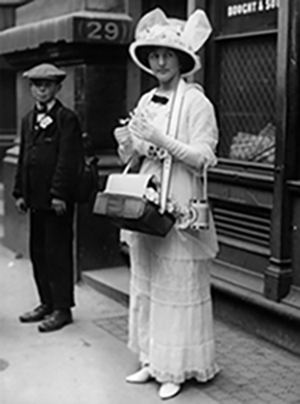2 Where did the voluntary sector come from?

You are now going to take a step back into the past to understand how and why early voluntary organisations were established, particularly those concerned with providing social welfare. This will help to give you a sense of the purpose of the voluntary sector today.
Colin Rochester, one of the founders of the Voluntary Action History Society, suggests that it is important to look at history. Writing in a book exploring historical perspectives on social policy and the role of voluntary organisations, he asks:
[H]ow and to what extent has the nature of voluntary action and its role in society remained essentially the same despite the changing context within which voluntary agencies exist and carry out their functions?
In other words, Rochester is highlighting aspects of continuity and change: many voluntary organisations emerged in the past because government did not provide for the needy. The UK has had a welfare state for many years and the standard of living and quality of life have improved for many people compared with the past, yet the voluntary sector still exists and is still needed.
Some of the best-known organisations in the UK today have a long history and many were founded by
The examples in Box 1 give a sense of the history of some of the charities working in the UK.
Box 1 How old?
Barnardo’s: the founder, Dr Barnardo, set up a school in 1867 for poor children to receive basic education, and set up a boys’ home in London in 1870.
Laugharne Corporation: claims to be the oldest charity in Wales, dating back to 1290. It is a local governing body and one of the last surviving medieval corporations in the UK.
The Red Cross: the International Red Cross and Red Crescent Movement was established in 1863 by five founding members, including Swiss businessman Henri Dunant.
ScotsCare: the oldest Scottish charity outside Scotland, founded in 1665 to help Scottish people living away from Scotland.
Belfast Central Mission: founded in 1889 by the Methodist Church to help local people in poverty.
